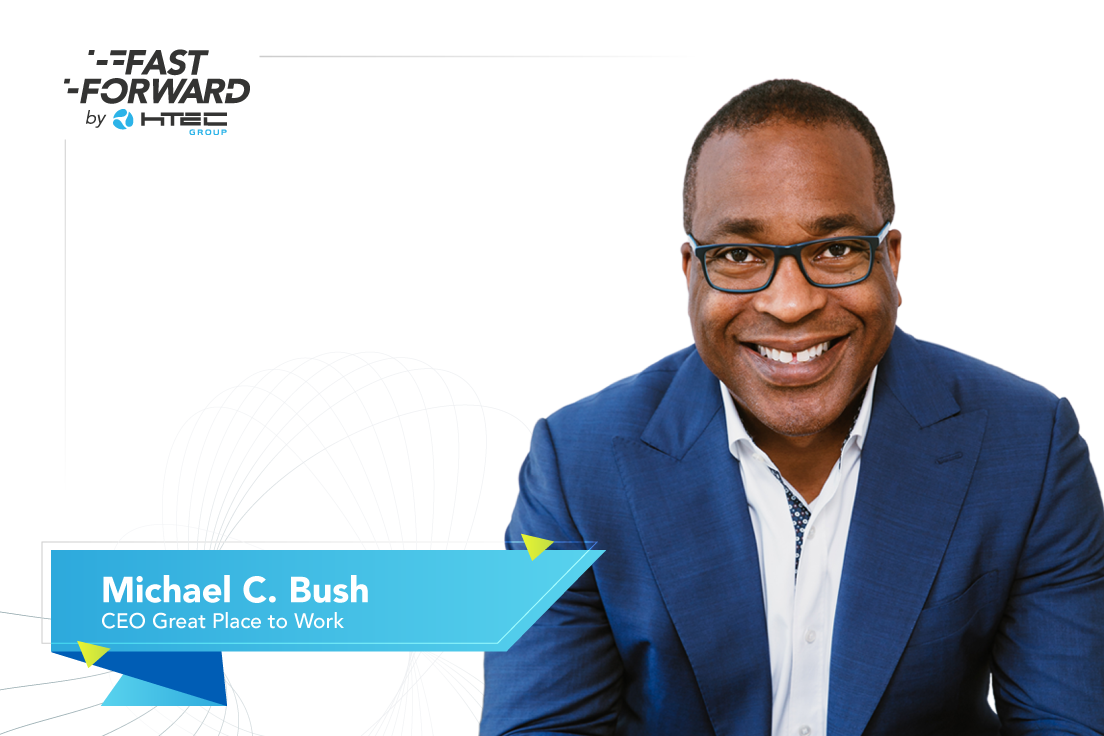
Interview with Michael C. Bush
Scaling business after funding is probably one of the hardest things, especially for first-time startups. If startups are like children, full of freedom, creativity, experimentation, and high hopes, then scaling is like puberty—the greatest transformation of one’s life marking the entrance into the adult world. This transformation and the velocity at which it unfolds is one of the most fascinating phenomena of our time. Fast Forward Stories is our attempt at understanding the intricate transformations that happen at the intersection of technology and society. Since every success story starts with great people and their big dreams, let us begin with an exploration of what great leaders are made of and how to become one of them.Oakland, California @ Great Place to Work — It was a sunny day in Oakland when I set out to meet and talk to Michael C. Bush, the CEO of Great Place to Work and one of the world’s most renowned experts on corporate culture and leadership. What entails is the conversation we had about scaling businesses, company culture, innovation, workforce of the future and what it means to be a great leader in the tumultuous times of high growth and innovation.





